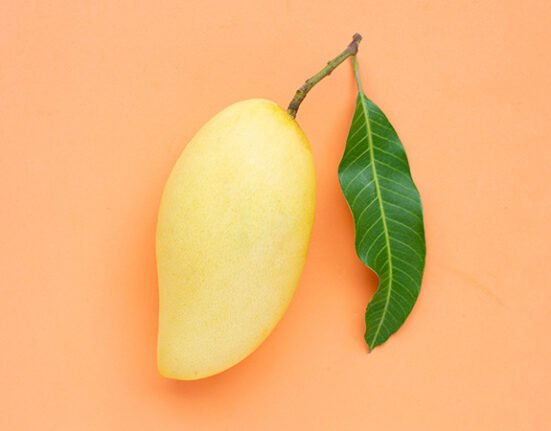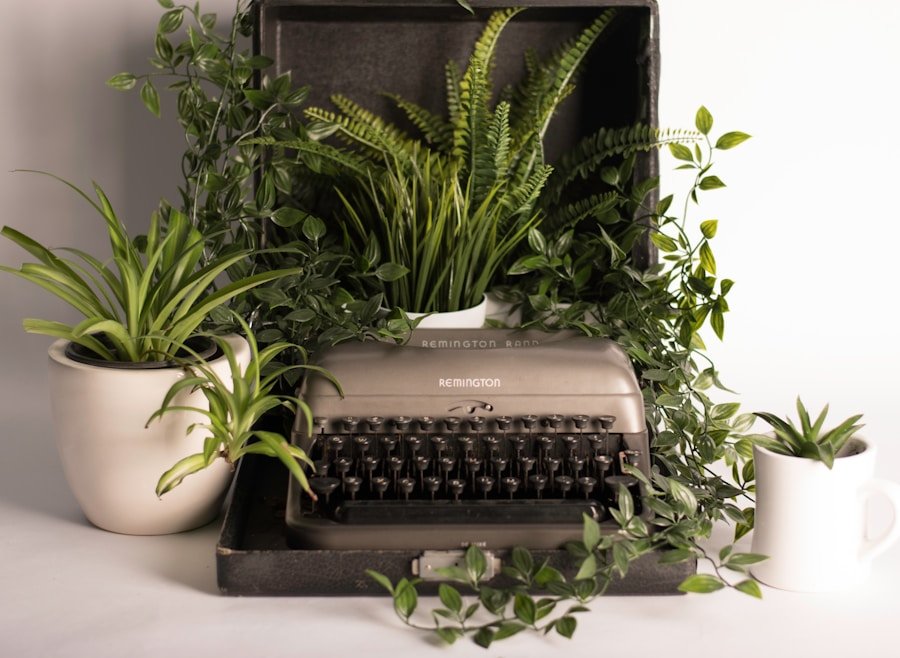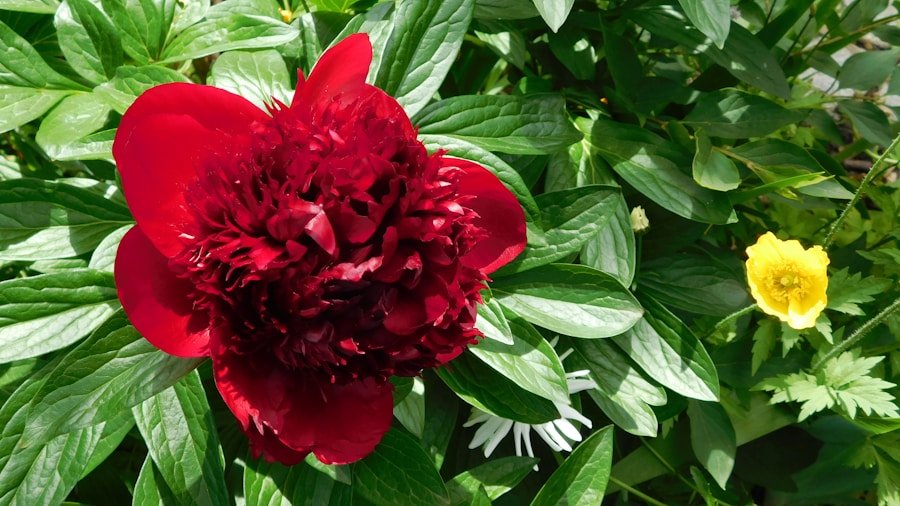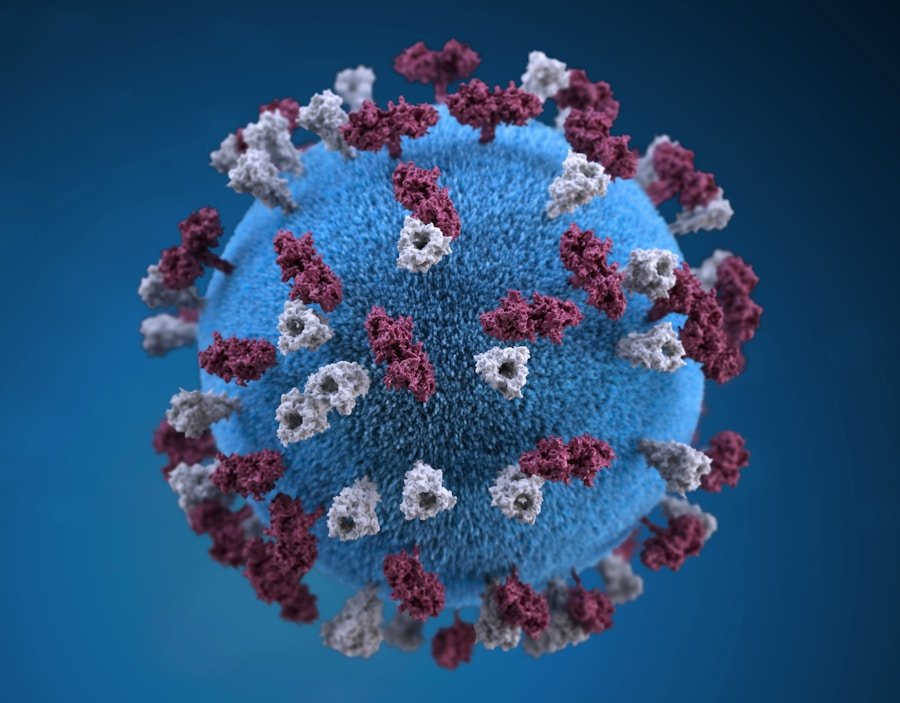Incorporating pet-friendly plants into your home can have a multitude of benefits for both humans and animals. These plants not only purify the air but also add a natural aesthetic to your living space. Scientific research has demonstrated that indoor plants can reduce stress levels, improve mood, and boost productivity.
For pets, having plants in the home can provide mental stimulation and a sense of calm. Certain pet-friendly plants can even repel insects and pests, creating a more comfortable environment for both humans and pets. Overall, introducing pet-friendly plants into your home can contribute to a healthier and happier living environment for all.
In addition to the mental and physical health benefits, pet-friendly plants can also improve indoor air quality. Many common household items, such as cleaning products and furniture, release harmful chemicals into the air. Pet-friendly plants, however, can remove these toxins and purify the air.
This is particularly beneficial for pets, as they are often more susceptible to airborne pollutants. By incorporating pet-friendly plants into your home, you can create a cleaner and healthier living environment for both humans and animals.
Key Takeaways
- Having pet-friendly plants in your home can help purify the air and create a healthier environment for both you and your pets.
- Some of the top pet-friendly plants for a cleaner and healthier home include spider plants, Boston ferns, and African violets.
- When choosing pet-friendly plants for your space, consider your pet’s behavior and any potential toxicity of the plants.
- To care for pet-friendly plants in your home, make sure to water them regularly and provide adequate sunlight.
- Avoid common toxic plants such as lilies, aloe vera, and jade plants if you have pets, and create a safe environment for them with pet-friendly plants.
Top 10 Pet-Friendly Plants for a Cleaner and Healthier Home
Air-Purifying Superstars
Spider plants are known for their air-purifying properties and are safe for pets. They are easy to care for and can thrive in a variety of lighting conditions. Areca palms are non-toxic to pets and are excellent at removing toxins from the air, making them a great addition to any home. Money plants are safe for pets and are known for their ability to purify the air. They are also easy to care for and can thrive in a variety of environments.
Low-Maintenance Beauties
African violets are safe for pets and add a pop of color to any room. They are relatively low-maintenance and can thrive in indirect sunlight. Bamboo palms are safe for pets and can help to remove toxins such as formaldehyde from the air. They are also easy to care for and can thrive in low light conditions. Calathea plants are safe for pets and come in a variety of beautiful patterns and colors. They are also known for their air-purifying properties.
Easy-to-Care-for Favorites
Boston ferns are not only safe for pets but also help to add moisture to the air, making them especially beneficial in dry climates. Friendship plants are safe for pets and are easy to care for. They are also known for their ability to remove toxins from the air. Parlor palms are safe for pets and can thrive in low light conditions, making them an excellent choice for homes with limited natural light. Christmas cacti are safe for pets and add a festive touch to any home. They are also relatively low-maintenance and can thrive in indirect sunlight.
How to Choose the Right Pet-Friendly Plants for Your Space
When choosing pet-friendly plants for your home, it’s important to consider the specific needs of your space as well as the needs of your pets. Take into account factors such as lighting, humidity, and temperature when selecting plants, as these can all impact the health and growth of your greenery. Additionally, consider the size of your space and the amount of room you have available for plants.
Some pet-friendly plants may require more space to grow, while others may be better suited for smaller areas. It’s also important to research the specific care requirements of each plant to ensure that you can provide the necessary maintenance for their growth. Another important factor to consider when choosing pet-friendly plants is the potential toxicity of certain species.
While many plants are safe for pets, there are some that can be harmful if ingested. Research each plant thoroughly before bringing it into your home to ensure that it is safe for your furry friends. Additionally, consider the behavior of your pets when selecting plants.
Some animals may be more prone to chewing on leaves or digging in soil, so it’s important to choose plants that can withstand this type of activity. By carefully considering these factors, you can select the right pet-friendly plants for your space that will thrive while keeping your pets safe.
Tips for Caring for Pet-Friendly Plants in Your Home
| Plant Name | Purifying Ability | Toxicity to Pets |
|---|---|---|
| Spider Plant | Removes formaldehyde and xylene | Non-toxic to cats and dogs |
| Boston Fern | Removes formaldehyde and xylene | Non-toxic to cats and dogs |
| Areca Palm | Removes formaldehyde, xylene, and toluene | Non-toxic to cats and dogs |
| Bamboo Palm | Removes formaldehyde, xylene, and toluene | Non-toxic to cats and dogs |
| Rubber Plant | Removes formaldehyde | Toxic to cats and dogs if ingested |
| Peace Lily | Removes formaldehyde, benzene, and trichloroethylene | Toxic to cats and dogs if ingested |
| Calathea | Removes formaldehyde, xylene, and toluene | Non-toxic to cats and dogs |
| Parlor Palm | Removes formaldehyde and xylene | Non-toxic to cats and dogs |
| Cast Iron Plant | Removes formaldehyde and xylene | Non-toxic to cats and dogs |
| African Violet | Removes formaldehyde | Non-toxic to cats and dogs |
Caring for pet-friendly plants in your home requires attention to detail and regular maintenance to ensure their health and longevity. One of the most important aspects of plant care is providing the right amount of water. Different plants have different water requirements, so it’s important to research the specific needs of each plant and adjust your watering schedule accordingly.
Overwatering or underwatering can both be detrimental to plant health, so it’s important to find the right balance. Additionally, consider factors such as humidity and temperature when caring for your plants, as these can also impact their water needs. In addition to watering, it’s important to provide the right amount of light for your pet-friendly plants.
Some plants thrive in direct sunlight, while others prefer indirect or low light conditions. Research the specific lighting needs of each plant and place them in an area of your home that meets these requirements. Regularly dusting the leaves of your plants can also help to ensure that they receive an adequate amount of sunlight.
Finally, consider fertilizing your pet-friendly plants on a regular basis to provide them with the nutrients they need to thrive. By following these tips for plant care, you can ensure that your pet-friendly plants remain healthy and vibrant in your home.
Common Toxic Plants to Avoid if You Have Pets
While there are many pet-friendly plants that can safely coexist with your furry friends, there are also several common houseplants that can be toxic if ingested by pets. Some examples of toxic plants include lilies, aloe vera, jade plants, and philodendrons. These plants can cause symptoms such as vomiting, diarrhea, and lethargy if ingested by pets, so it’s important to avoid bringing them into your home if you have animals.
Additionally, some outdoor plants such as azaleas, daffodils, and tulips can also be toxic to pets if ingested. It’s important to research each plant thoroughly before bringing it into your home to ensure that it is safe for your furry friends. In addition to avoiding toxic plants, it’s important to be mindful of other potential hazards that may be present in your home.
For example, certain fertilizers and pesticides can be harmful if ingested by pets, so it’s important to use these products with caution or seek out pet-safe alternatives. Additionally, be mindful of any small decorations or accessories that may pose a choking hazard to pets if ingested. By being aware of potential hazards and avoiding toxic plants, you can create a safe and healthy environment for your pets within your home.
Creating a Safe and Healthy Environment for Your Pets with Plants
Creating a Safe Environment for Your Pets with Plants
Designated Plant Areas
One way to create a safe and healthy environment for your pets with plants in your home is by providing designated areas for your plants that are out of reach of pets. This can help to prevent accidental ingestion or damage to your greenery while still allowing you to enjoy the benefits of having plants in your home.
Deterrents and Repellents
Additionally, consider using deterrents such as bitter sprays or natural repellents to discourage pets from chewing on or digging in your plants.
Mental Stimulation and Enrichment
Another way to create a safe environment for your pets with plants is by providing plenty of mental stimulation and enrichment opportunities. Consider incorporating interactive toys or puzzle feeders into your pet’s daily routine to keep them engaged and entertained. Additionally, consider creating a designated play area or outdoor space where pets can safely explore and interact with nature. By providing plenty of mental stimulation and enrichment opportunities, you can help to keep your pets happy and healthy while coexisting with pet-friendly plants in your home.
Incorporating Pet-Friendly Plants into Your Home Decor
Incorporating pet-friendly plants into your home decor is a great way to add natural beauty and a touch of greenery to your living space. There are numerous ways that you can incorporate plants into your decor, from using hanging planters or wall-mounted shelves to creating a dedicated plant display on a windowsill or shelf. Consider using a variety of plant sizes and types to create visual interest and add depth to your decor.
Additionally, consider using decorative pots or planters that complement your existing decor style and color scheme. Another way to incorporate pet-friendly plants into your home decor is by using them as focal points or statement pieces within a room. Consider placing larger plants in prominent areas such as entryways or living rooms to create a bold visual impact.
Additionally, consider using smaller plants as accents on side tables or shelves to add a pop of color and texture to your decor. By incorporating pet-friendly plants into your home decor, you can create a welcoming and vibrant living space that both you and your pets will enjoy. In conclusion, incorporating pet-friendly plants into your home can provide numerous benefits for both you and your furry friends.
From improving air quality and reducing stress to adding natural beauty and mental stimulation, pet-friendly plants can contribute to a healthier and happier living environment for everyone. By carefully selecting the right pet-friendly plants for your space, providing proper care and maintenance, and creating a safe environment for your pets, you can enjoy all the benefits that indoor greenery has to offer while keeping your furry friends safe and happy. So go ahead and bring some pet-friendly plants into your home today – you won’t regret it!
FAQs
What are pet-friendly plants?
Pet-friendly plants are houseplants that are safe for pets to be around. These plants are non-toxic to cats and dogs and are a great addition to any pet-friendly home.
Why should I have pet-friendly plants in my home?
Pet-friendly plants not only add beauty to your home, but they also help purify the air by removing toxins. They can also create a calming and relaxing environment for both you and your pets.
What are some examples of pet-friendly plants?
Some examples of pet-friendly plants include spider plants, Boston ferns, African violets, and bamboo palms. These plants are safe for pets and can help improve the air quality in your home.
How do pet-friendly plants purify the air?
Pet-friendly plants purify the air through a process called phytoremediation, where they absorb toxins and pollutants from the air through their leaves and roots. This helps to improve the overall air quality in your home.
Are all pet-friendly plants safe for all pets?
While most pet-friendly plants are safe for cats and dogs, it’s important to research specific plants to ensure they are safe for your particular pet. Some pets may have allergies or sensitivities to certain plants, so it’s best to consult with a veterinarian if you have any concerns.
How can I incorporate pet-friendly plants into my home?
You can incorporate pet-friendly plants into your home by placing them in various rooms, such as the living room, bedroom, or kitchen. You can also hang them in macrame plant hangers or place them on shelves to add a touch of greenery to your space.







